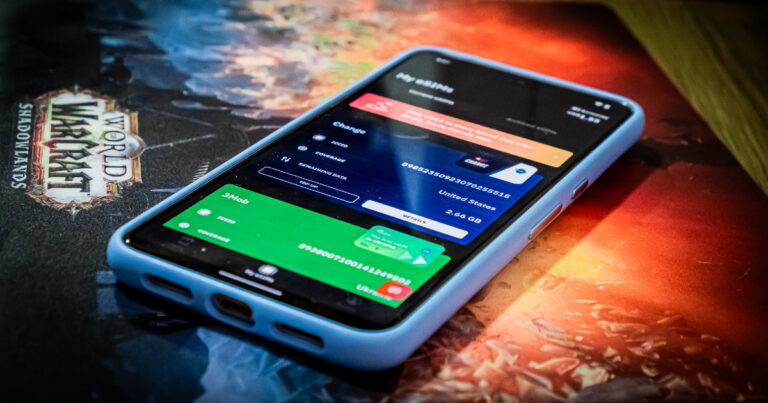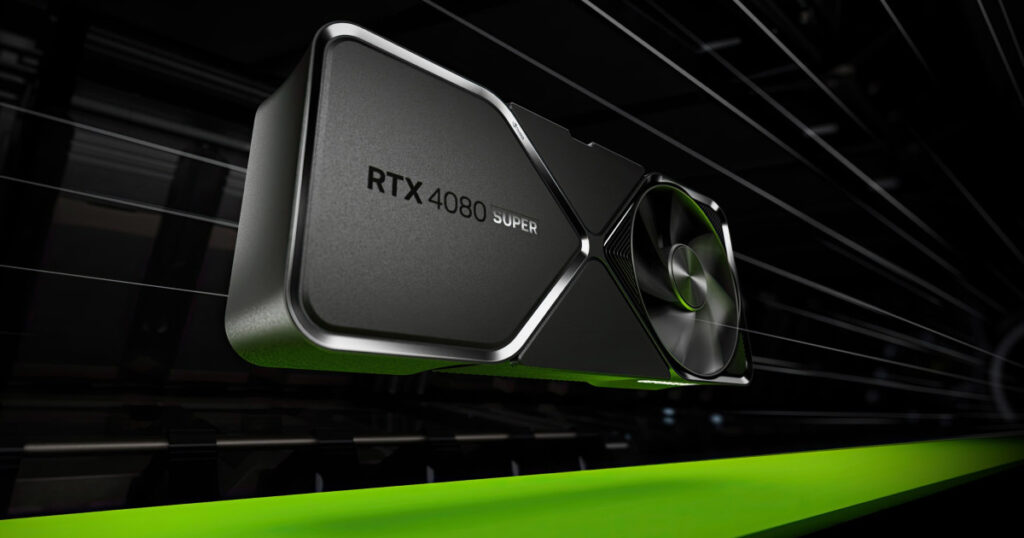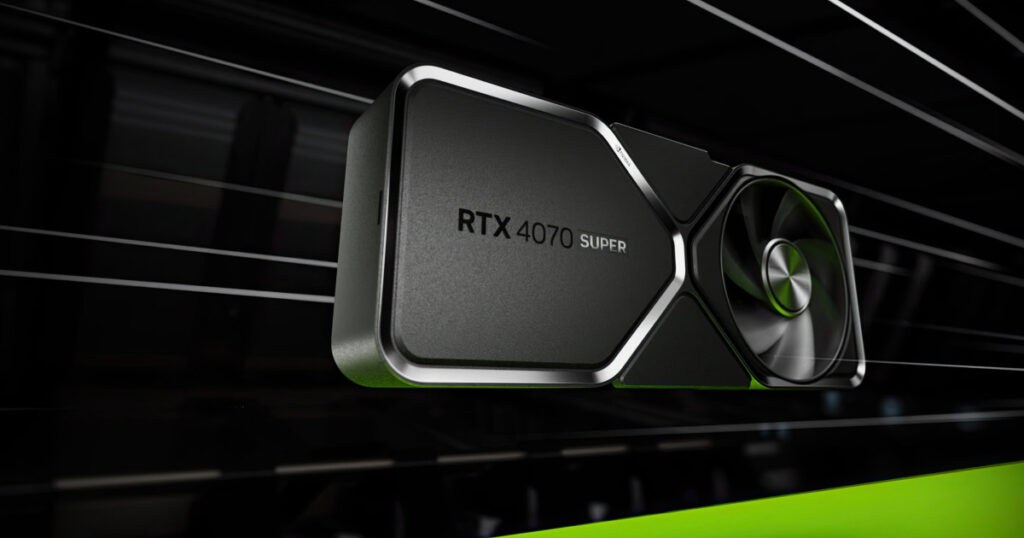The SIM is dead, long live the SIM.
Which mobile providers have eSIM in Australia?
A lower-case ‘e’ heralded the shift from physical mail to digital email and paperback books to electronic libraries. Even the popularity of real-world sports has been matched by the rapid rise of esports. And now the physical SIM card is under threat from the eSIM.
Here's everything you need to know about eSIMs, from which providers and devices support the technology to why it's better than a physical SIM card.
What is an eSIM?
The short version is that an eSIM is a digital SIM card. Where a physical SIM card must be correctly inserted into your phone before you can use a smartphone’s cellular capabilities, its digital successor doesn’t have a physical component. To set up an eSIM, all you have to do is either download an app or scan a QR code.
Compared to its physical predecessor, eSIMs come with several benefits:
- You aren't tied to a physical SIM card.
- You can shift telcos (and to a better mobile plan) instantly, as long as the new telco supports eSIMs.
- It frees your smartphone’s physical SIM card slot for another SIM, converting your phone into a makeshift dual-SIM handset.
- eSIMs also lets you share the same mobile number between a smartphone and compatible smartwatches, including the Apple Watch and certain Samsung smartwatches.
Mobile providers with eSIM
While eSIM is still relatively new in Australia, it's already supported by a growing number of telcos. At the time of writing, the 19 Australian providers in our database are offering eSIM mobile plans. Some offer eSIM support for postpaid plans, some for prepaid plans and some for both. The table below shows which providers offer eSIM support for which plan.
To switch to an eSIM, reach out to Telstra, Optus, Vodafone or any other provider on the list above for a new service or to request a transfer from a physical SIM card to an eSIM.
While the above is a good starting point, it's worth adding that many telcos offer different levels of support for eSIMs. For instance, Optus supports eSIMs for compatible smartphones and wearables. Vodafone also supports these devices but adds tablets to the mix, while Telstra supports all three alongside compatible Windows PCs.
Safe to say, if you'd prefer a prepaid mobile plan with eSIM, you've got a few more options. For our money, we like the felix prepaid eSIM. You'll get unlimited data (speed capped at 20Mbps) and 50% for your first three months if you're a new customer.
Here are the cheapest mobile plans from eSIM providers that have a minimum 28-day expiry and at least 20GB of data:
If you’re eager to travel abroad with an eSIM, you can look into providers like Truphone, Airalo, GigSky or KnowRoaming.

If you're not quite sold on what your current provider has to offer when it comes to roaming add-ons then Airalo is a great way to stay connected when you're traveling abroad.
What are the pros and cons of using eSIM?
While eSIM does offer some advantages over a traditional SIM card, it is worth keeping its limitations in mind. Check out the table below for a breakdown of the advantages and disadvantages of eSIMs in Australia.

What phones support eSIM?
eSIM phones have been sold in Australia since 2018, with most flagship phones now supporting eSIM. There are now dozens of eSIM-compatible phones and other devices to choose from.
Australian models of these phone series all support eSIM:
- Apple: iPhone 15, iPhone 14, iPhone 13, iPhone 12, iPhone 11, iPhone XS, iPhone XR, iPhone SE (2020 and newer)
- Samsung: Galaxy S24, Galaxy S23, Galaxy S22, Galaxy S21, Galaxy S20, every Samsung Galaxy Z Fold and Galaxy Z Flip device
- Google: Pixel 8, Pixel 7, Pixel 6, Pixel 5, Pixel 4a, Pixel 4, Pixel 3a
- OPPO: Find X5 Pro, Find X3 Pro, Find N2 Flip (and newer)
- Motorola: Razr 40 Ultra, Razr 40
Aside from the likes of Google's Pixel A-Series, eSIM is rarely found in non-flagship devices. Even if there are more eSIM devices on the market than ever before nowadays, that number still pales in comparison to the hundreds of SIM card-compatible smartphones out there. It's also worth noting that eSIM compatibility for a given device can sometimes vary between regions, so be sure to double-check if you're ordering online.
What smartwatches and wearables support eSIM?
Australian models of these popular smartphones all support eSIM:
- Apple: Apple Watch 3, Apple Watch 4, Apple Watch 4, Apple Watch 5, Apple Watch SE, Apple Watch 6, Apple Watch 7, Apple Watch 8, Apple Watch SE (Gen 2), Apple Watch 9, Apple Watch Ultra and Apple Watch Ultra 2
- Samsung: Samsung Galaxy Watch, Galaxy Watch Active 2, Galaxy Watch 3, Galaxy Watch 4, Galaxy Watch 5 and Galaxy Watch 6
- Google: Google Pixel Watch, Google Pixel Watch 2
However, when it comes to wearables, you'll need to have the LTE variant of a given device rather than a WiFi one if you want to get connected. Because these devices are dependent on a smartphone’s mobile number, it also means you have to buy a plan add-on from the same network provider. You can’t say, have a Telstra mobile plan paired with an Optus wearable plan.
The telco-specific terms you’re looking for are One Number for Telstra, Number Share for Optus and NumberSync for Vodafone, each of which usually costs $5 extra per month.
What tablets support eSIM?
While smartphones and smartwatches are the best places to find an eSIM right now, a select number of tablets have also adopted the technology. As of 2024, there are both iPads and Microsoft Surface tablets available that offer on-the-go connectivity via eSIM on select models.
Should I swap to an eSIM?
There's no pressing need to swap to an eSIM. While iPhone 14 and iPhone 15 models in the US no longer have a physical SIM slot, Australian models support both a physical SIM and an eSIM. Getting an eSIM for your phone does effectively turn it into a dual SIM device, and there are a few key reasons this could be handy:
- You have a work number and a personal number, but don't want two phones
- You want coverage from two different networks at the same time
- You still want to keep your Australia number while travelling overseas, but use a local SIM for more affordable mobile data
At the same time, eSIM still has some trade-offs. Moving an eSIM from one device to another isn't as simple as prying out your SIM card and popping it into your new phone. On some, like Telstra, you can request a new QR code. On others, like Kogan Mobile, you need to get a new SIM and ask your account to be transferred over.
Optus eSIM plans
If you're already looking at picking up a phone with eSIM (such as the iPhone 15, Galaxy S24, or Pixel 8) through Optus, the good news is that you won't have to work too hard to make use of that extra functionality. Optus currently offers eSIM on all postpaid plans, plus several prepaid ones.
Check out the widget below for a round-up of postpaid Optus plans that offer eSIM.
Prefer to go prepaid? Here's a list of Optus prepaid plans that offer eSIM.
How to set up an Optus eSIM
Settled on a plan? Follow these steps to configure an eSIM with Optus:
Ensure your eSIM-compatible device is connected to WiFi.
Install the My Optus app and log in. Select ‘More’ from the menu, then eSIM and ‘Set up my eSIM’.
Follow the instructions, then select ‘Download eSIM’, ‘Confirm’, ‘Add Mobile Plan’ and tap ‘Continue’ to download your Optus eSIM.
Restart the device to activate the service (or activate then deactivate flight mode).
Alternatively, scan the Optus-provided QR code with your device’s camera and follow the link.
Vodafone eSIM plans
These days, Vodafone will offer you your choice of either a physical SIM or an eSIM whenever you sign up for one of the provider's mobile plans.
Check out the widget below for a snapshot of postpaid Vodafone plans that offer eSIM.
Vodafone also offers eSIM to those on its prepaid plans. Check out the widget below for a rundown of what your options look like.
How to set up a Vodafone eSIM
Follow these steps to configure an eSIM with Vodafone:
Ensure your eSIM-compatible device is connected to WiFi.
Before you start on the steps below, have your eSIM-compatible device, eSIM QR code and four-digit eSIM Confirmation Code on hand.
On an Apple device, go to ‘Settings’, ‘Mobile’ or ‘Mobile Data’, then select ‘Add Mobile Plan’ or ‘Add Data Plan’ to launch a QR code reader. Scan the QR code and press the ‘Enter Details Manually’ link, then enter the requested details.
On a Google device, go to ‘Settings, ‘Network & Internet’, then select the ‘+’ symbol next to ‘Mobile network’. Select ‘Don’t have a SIM card?’ or ‘Download SIM instead’, then select ‘Next’. Choose whether you want to ‘Use 2 numbers’ on the next screen to launch the QR code reader. Note that if you opt to use a physical SIM card and an eSIM, you’ll have to restart the device and repeat these steps. Scan the QR code and press the ‘Need help?’ link, then ‘Enter it manually’. Enter the following activation code: LPA:1$SM-DP+ Address$Activation Code
On a Samsung device, go to ‘Settings’, then ‘Connections’ and select ‘SIM card manager’. Then select ‘Add mobile plan’ followed by ‘Add using QR code’ to launch the QR code reader. Scan the QR code, then go to ‘Settings’, ‘Connections’, ‘SIM card manager’, ‘Add mobile plan’, then ‘Add using activation code’. Enter the following activation code: LPA:1$SM-DP+ Address$Activation Code
Regardless of the device, now enter your four-digit Vodafone eSIM Confirmation Code.
Telstra eSIM plans
Regardless of whether you're a new or existing Telstra customer, pairing up one of the provider's mobile plans with an eSIM device isn't too much of a hassle. If you fall into the former camp, you'll get the option when you sign up. If you change your mind later down the line or are already a Telstra customer, you can swap to an eSIM using the My Telstra app.
For a snapshot of Telstra postpaid plans that support eSIM, check out the widget below.
If you're keen to go prepaid, you've also got plenty of options. Check out the widget below for a round-up of Telstra prepaid plans that pair well with eSIM.
How to set up a Telstra eSIM
Follow these steps to configure an eSIM with Telstra:
Ensure your eSIM-compatible device is connected to WiFi.
Use your device’s camera to scan the QR code on your Telstra eSIM Card. Now follow the prompts to complete setup.
iOS users can go to Settings, then Mobile and ‘Add Mobile Plan’. Alternatively, Android users can also manually configure their Telstra eSIM by going to Settings, ‘Network & Internet’ and then ‘Mobile Network’.
Scan the QR code found on the Telstra eSIM Card, then follow the prompts.
If it’s not already activated, activate your Telstra eSIM and you’re good to go.
eSIM FAQs
Signing up for an eSIM through a given provider won't cost you any more than a physical SIM would, though it can save you money on shipping if you're shopping online. There's no such thing as an "eSIM tax" or any sort of premium when it comes to ditching a physical SIM.
In most cases, you should be able to access global roaming with an eSIM in the same way that you would a physical one. That said, the details can vary between providers so it might be worth double checking before you board your flight. For instance, Optus, Vodafone and Telstra all support global roaming with an eSIM for smartphones but not wearables.
Nope! The strength of your phone's signal is typically determined by the combination of the hardware inside it and the coverage of a given network. Whether you have a physical SIM or an eSIM doesn't enter the equation.
After you go through the process of swapping to an eSIM through your provider, your old SIM is deactivated and no longer usable. If you decide you want to swap back at a later date, you'll have to get in contact with your provider and arrange for a new one.
Related Articles




